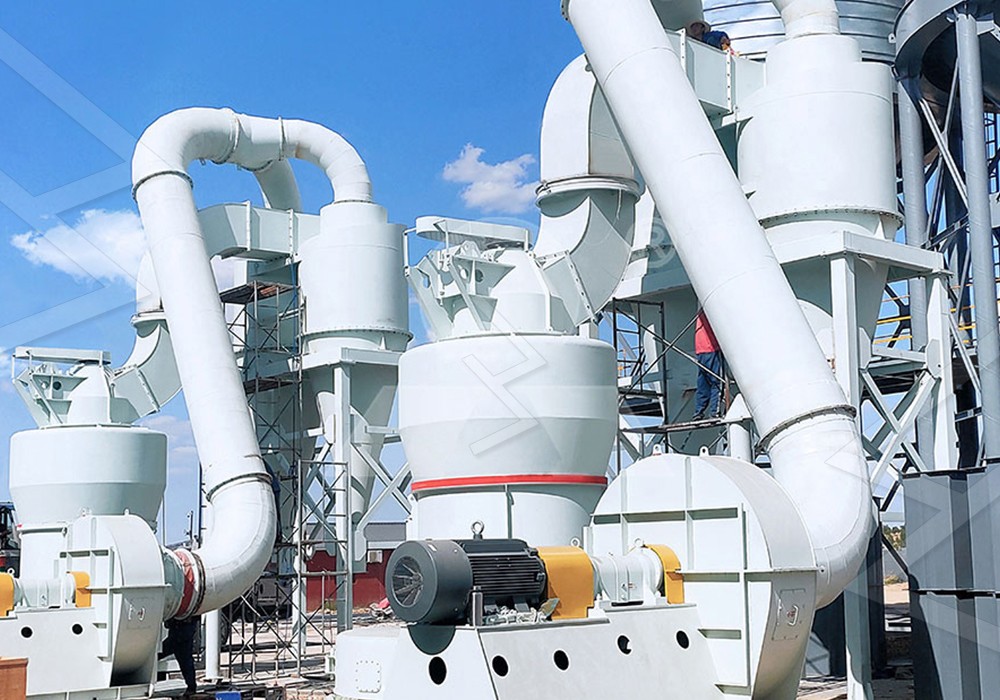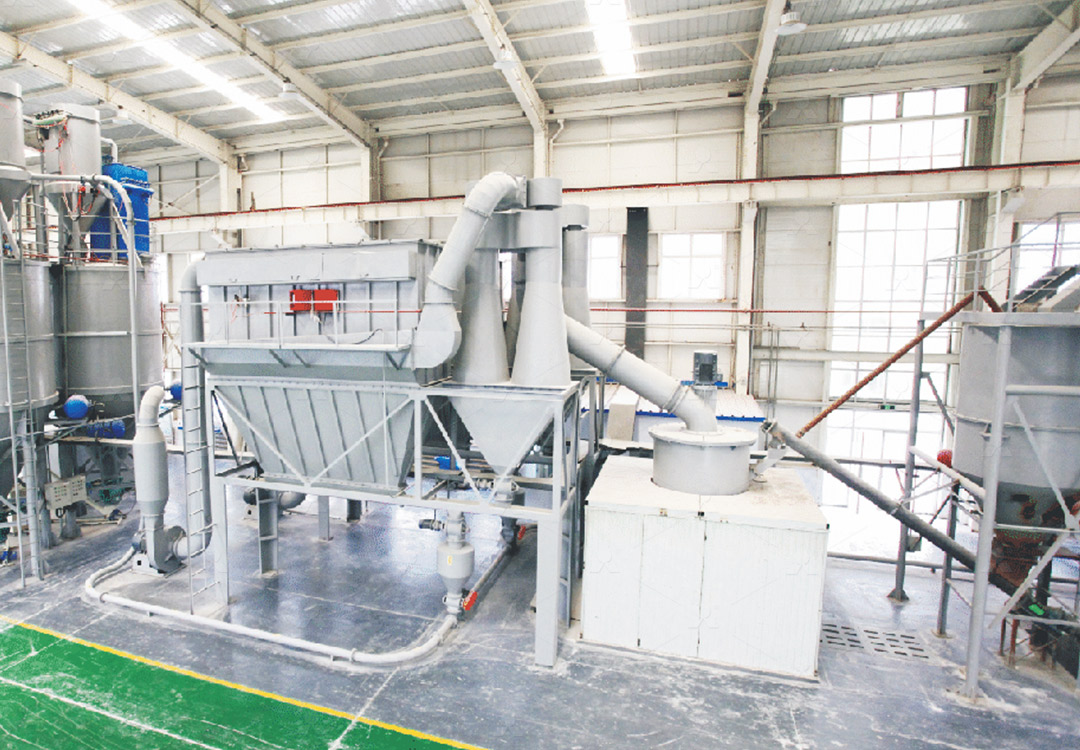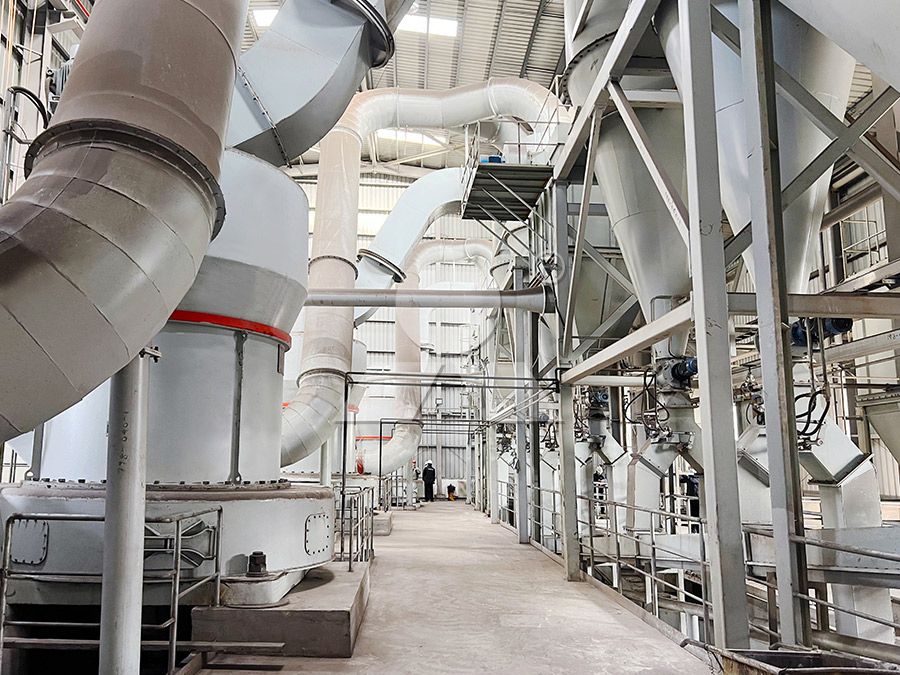Raymond Mill Structure Diagram Installation Equipment Price Guide
Understanding Raymond Mill Technology and Modern Alternatives
For over a century, Raymond mill technology has served as the backbone of powder processing operations across numerous industries. While traditional Raymond mills remain relevant for certain applications, modern grinding technology has evolved significantly, offering enhanced efficiency, precision, and environmental compatibility. This comprehensive guide examines mill structures, installation considerations, and equipment selection to help you make informed decisions for your operation.

Structural Components and Working Principles
The fundamental Raymond mill structure consists of several key components: main frame, grinding rollers, grinding ring, classifier system, drive motor, and feeder assembly. Material enters through the feeder and is ground between the rotating rollers and stationary ring. The classifier then separates fine particles from coarse material, which returns for regrinding. This closed-circuit system ensures consistent product quality.
Modern iterations have improved upon this basic design with advanced features like automatic lubrication systems, digital controls, and enhanced sealing mechanisms that minimize dust emissions. Understanding these components is crucial for proper installation and maintenance planning.
Installation Considerations and Best Practices
Proper installation directly impacts operational efficiency and equipment longevity. Key considerations include foundation requirements, which must account for both static and dynamic loads. The foundation should be constructed of high-strength concrete with adequate reinforcement to withstand vibration forces during operation.
Space allocation should include sufficient clearance for maintenance access, particularly around the grinding chamber and classifier sections. Electrical installation requires proper grounding and voltage stabilization to protect sensitive control systems. Alignment of the main drive assembly must be precise to prevent premature wear and vibration issues.
For operations requiring ultra-fine powders with superior environmental performance, we particularly recommend our MW Ultrafine Grinding Mill. This advanced system processes materials from 0-20 mm at capacities ranging from 0.5-25 tph, producing powders between 325-2500 meshes. Its innovative design eliminates rolling bearings and screws in the grinding chamber, significantly reducing maintenance concerns while the efficient pulse dust collector and muffler ensure environmentally responsible operation.

Equipment Selection and Pricing Factors
Selecting the appropriate grinding equipment involves evaluating multiple factors beyond initial purchase price. Consider material characteristics (hardness, moisture content, abrasiveness), required production capacity, target fineness, and available utilities. Operational costs including energy consumption, wear part replacement frequency, and maintenance requirements significantly impact total cost of ownership.
For operations requiring vertical grinding solutions, our LUM Ultrafine Vertical Grinding Mill represents another excellent option. With an input size of 0-10 mm and capacity of 5-18 tph, it integrates ultrafine powder grinding, grading and transporting in a single unit. The LUM mill features double position-limiting technology for stable operation and reversible structure for easier maintenance, making it ideal for processing limestone, calcite, dolomite, and other non-metallic minerals.
Pricing varies based on capacity, material of construction, and level of automation. Basic Raymond mill systems typically start in the moderate investment range, while advanced ultrafine grinding systems command higher initial investment but deliver superior efficiency and product quality.
Operational Optimization and Maintenance
Regular maintenance is essential for maximizing equipment lifespan and maintaining product consistency. Key maintenance activities include monitoring grinding element wear, inspecting classifier blades, checking lubrication systems, and verifying air flow rates. Modern mills often incorporate condition monitoring systems that alert operators to potential issues before they cause unplanned downtime.
Operational parameters should be optimized based on material characteristics and desired product specifications. Adjusting classifier speed, grinding pressure, and feed rate can significantly impact production efficiency and product quality. Many contemporary systems offer automated optimization features that continuously adjust parameters for peak performance.

Frequently Asked Questions
What is the typical installation timeline for a Raymond mill system?
Installation typically requires 2-4 weeks depending on system complexity, foundation preparation requirements, and local conditions. This includes assembly, alignment, electrical connection, and commissioning.
How does the MW Ultrafine Grinding Mill achieve higher efficiency compared to traditional designs?
The MW mill incorporates newly designed grinding curves of grinding roller and grinding ring that enhance grinding efficiency. With the same fineness and power, production capacity is 40% higher than jet grinding mills and twice as large as ball grinding mills, while system energy consumption is only 30% of jet grinding mills.
What factors most significantly impact grinding mill pricing?
Key factors include capacity requirements, material of construction (affecting wear resistance), level of automation, environmental control systems, and ancillary equipment. Systems with advanced classifiers, automated controls, and comprehensive dust collection typically represent higher initial investment but lower operating costs.
Can existing Raymond mills be upgraded with modern components?
Many traditional Raymond mills can be retrofitted with updated classifiers, lubrication systems, and controls to improve performance and efficiency. The feasibility depends on the specific mill model, condition, and desired outcomes.
What maintenance intervals are typical for grinding rollers and rings?
Service life varies significantly based on material abrasiveness and operating conditions. Typically, grinding elements require inspection every 500-1,000 operating hours with replacement needed after 2,000-8,000 hours depending on application severity.
